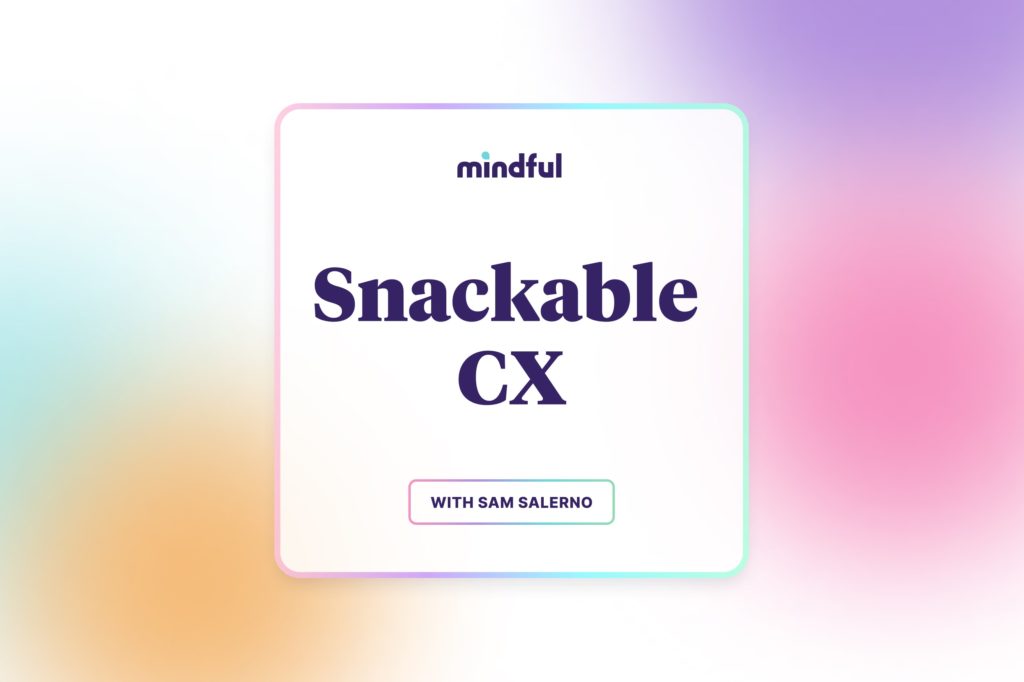Episode details
So what do we mean when we’re talking about customer follow up? There are two trains of thought here: One is following up with prospects to close a sale, and the other is the process of reaching out to talk to recent customers — which usually involves a phone call after the customer fills out a survey.
In this episode, we’re focusing on that second option. And it’s this kind of follow-up that, when you do it right, can bring a ton of value to your business — specifically in three key ways.
This episode was adapted from the article, “Why Customer Follow-up Is Crucial to a Positive Customer Experience.”
Still hungry?
Subscribe on Apple Podcasts or Spotify to get fresh episodes each week.




